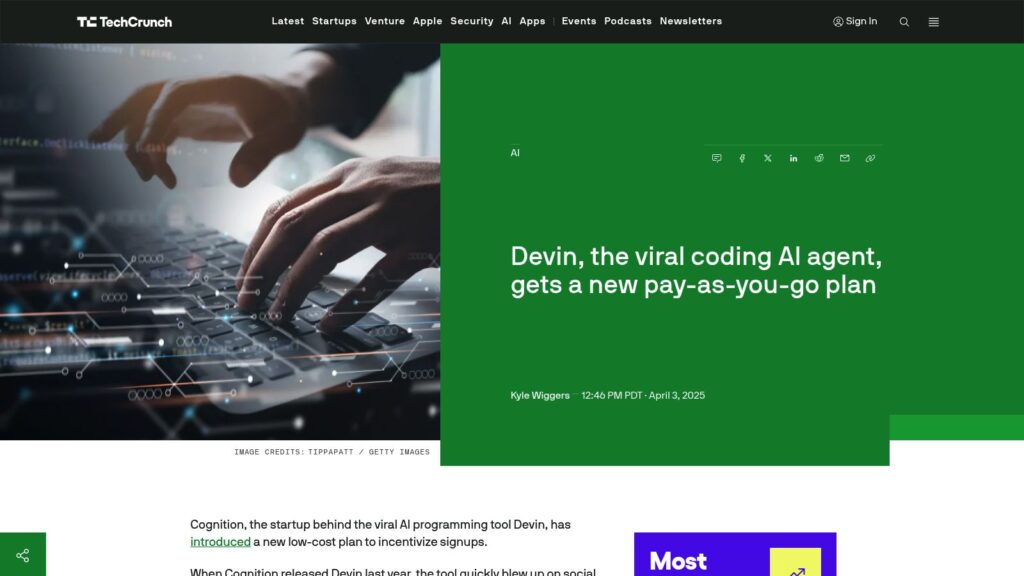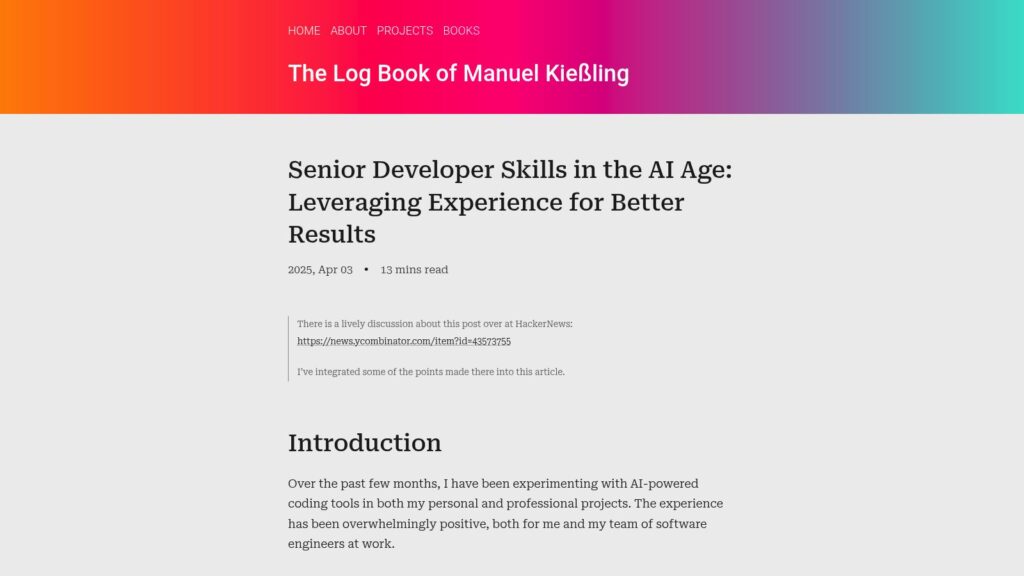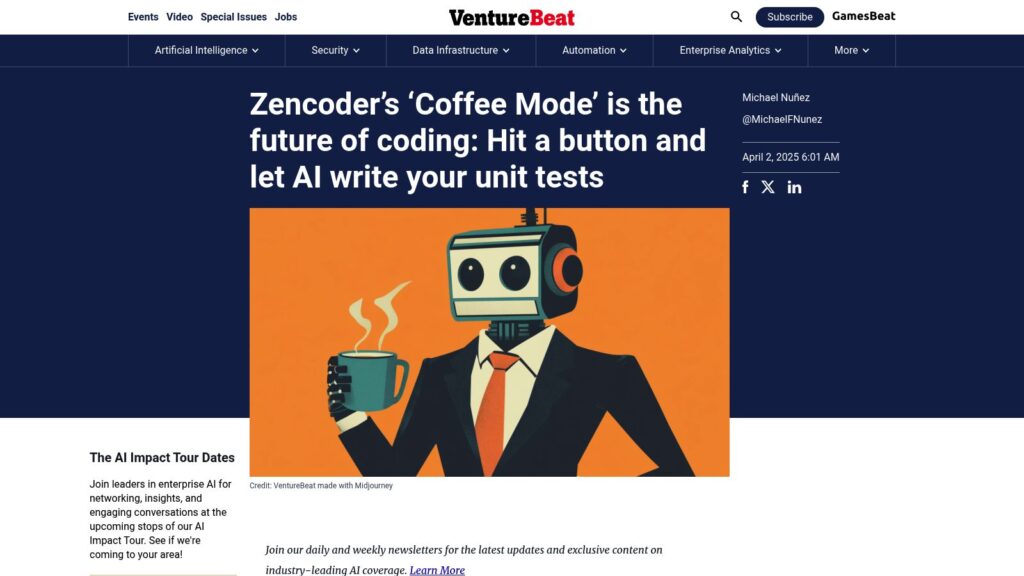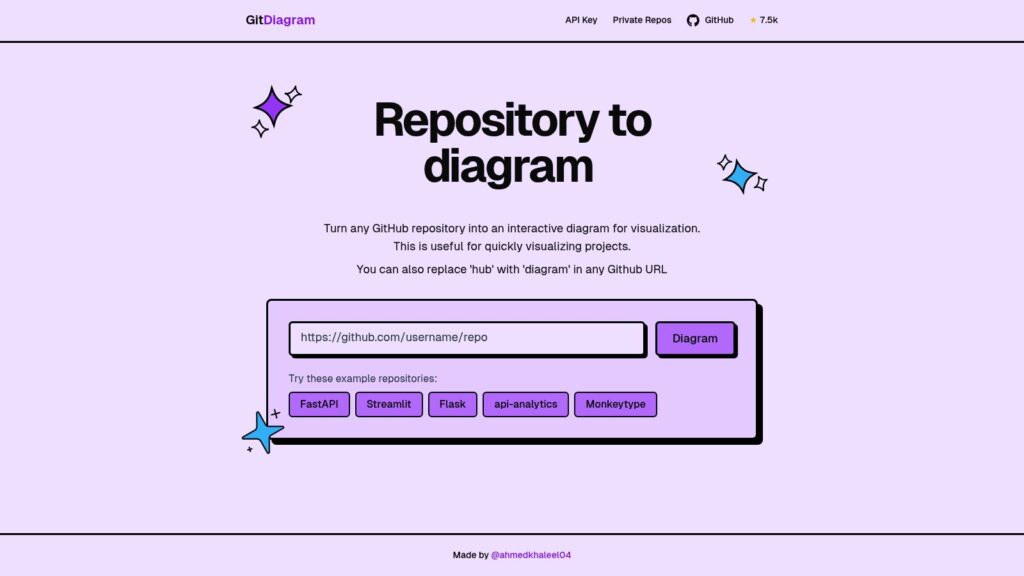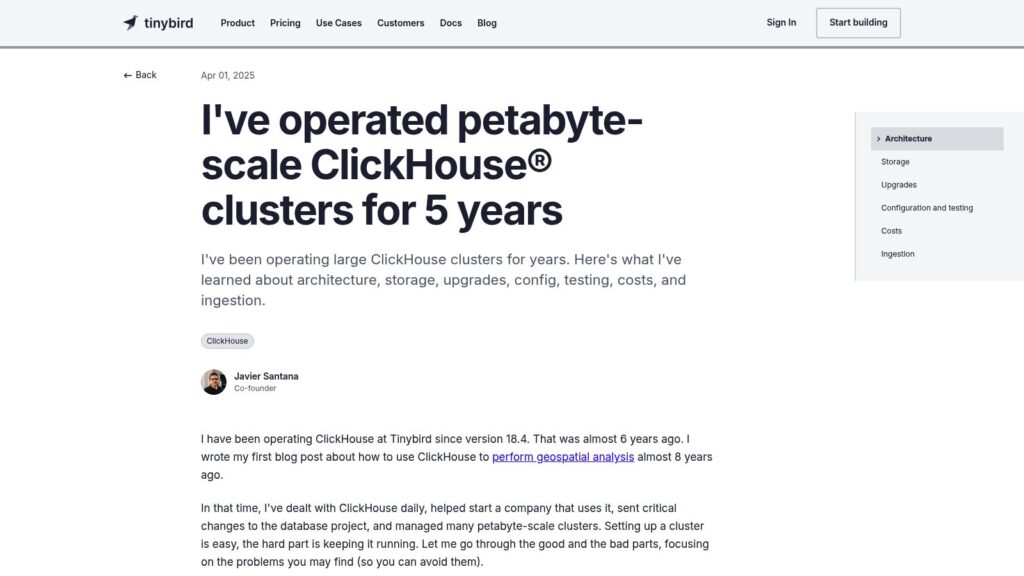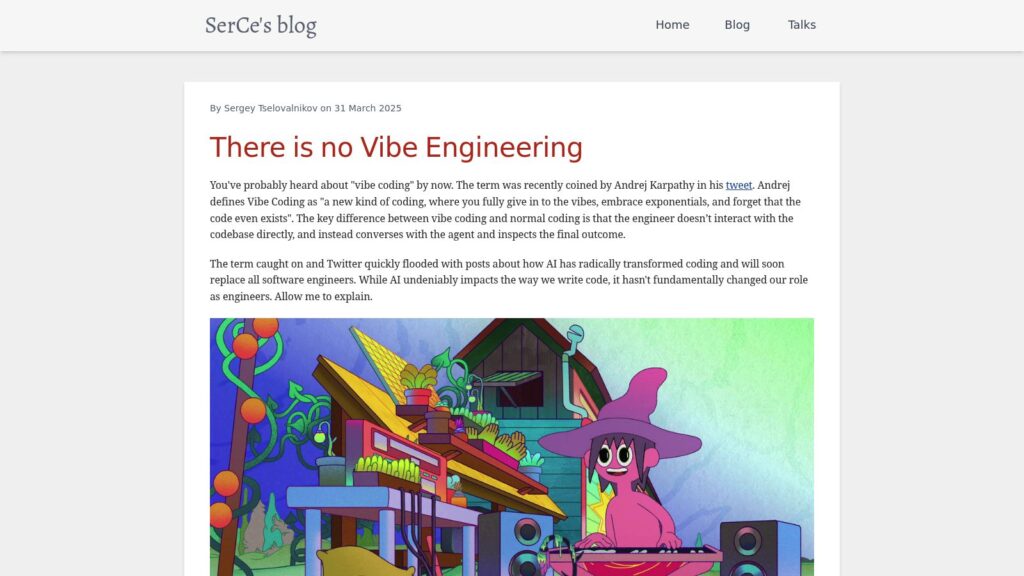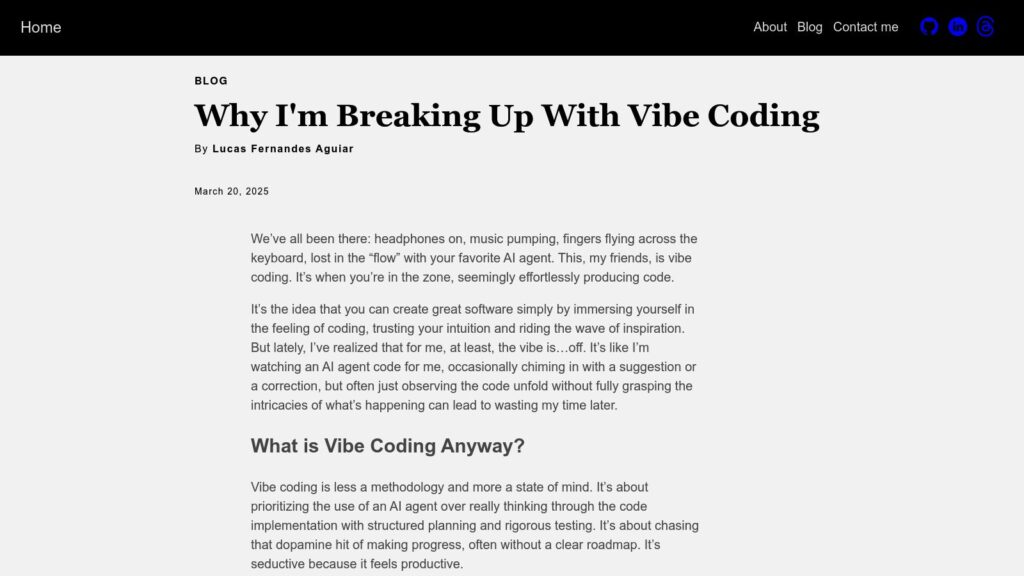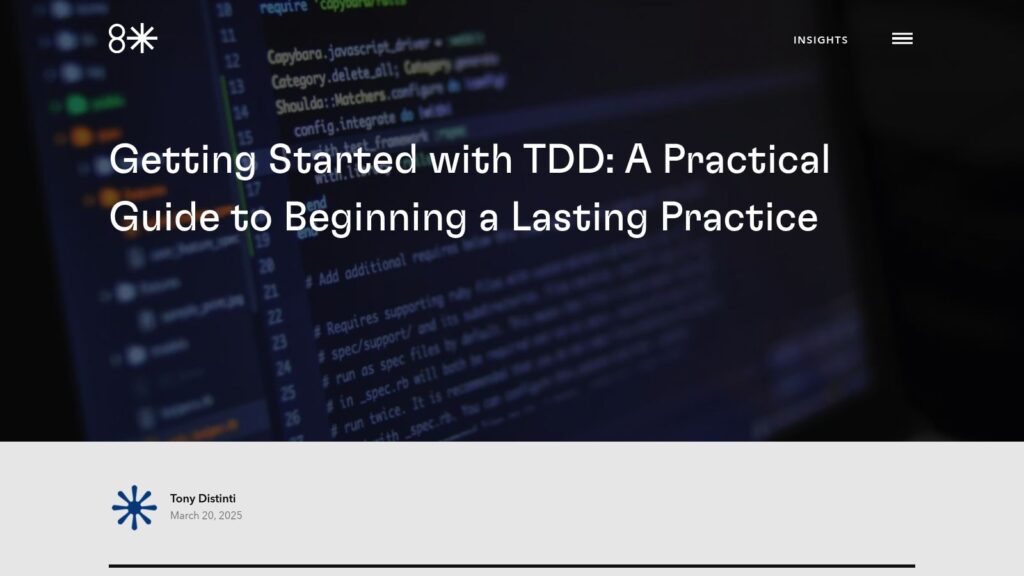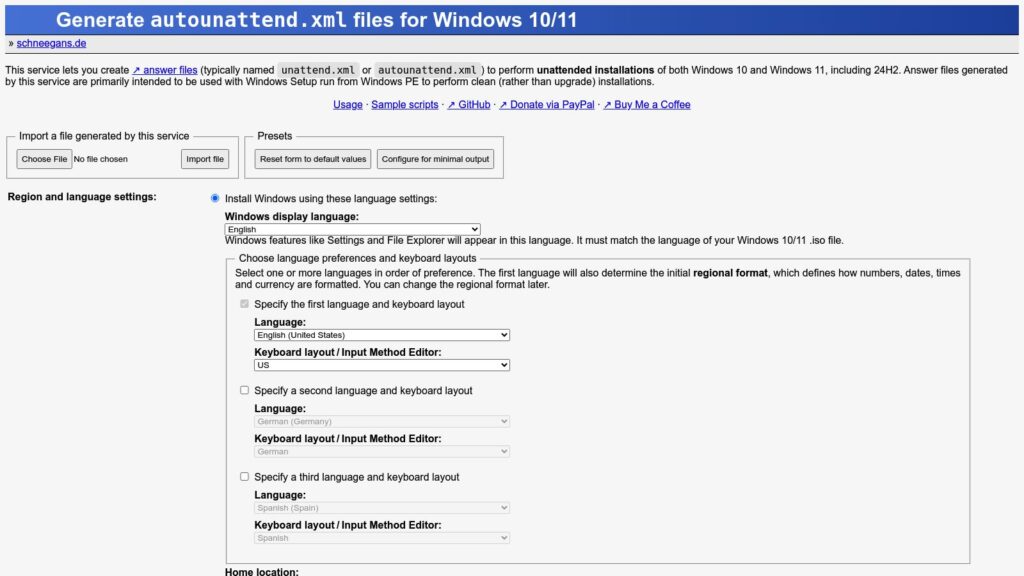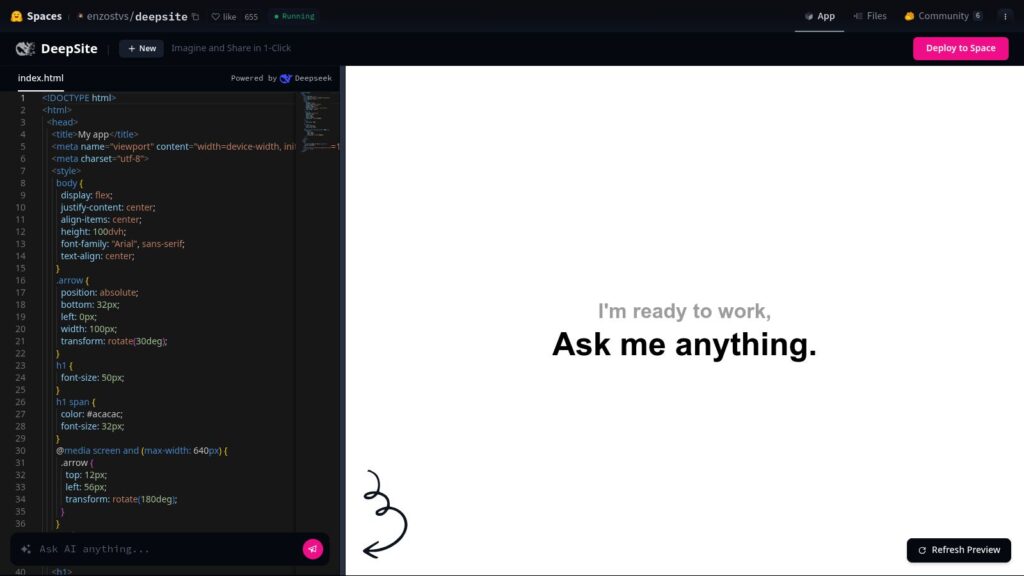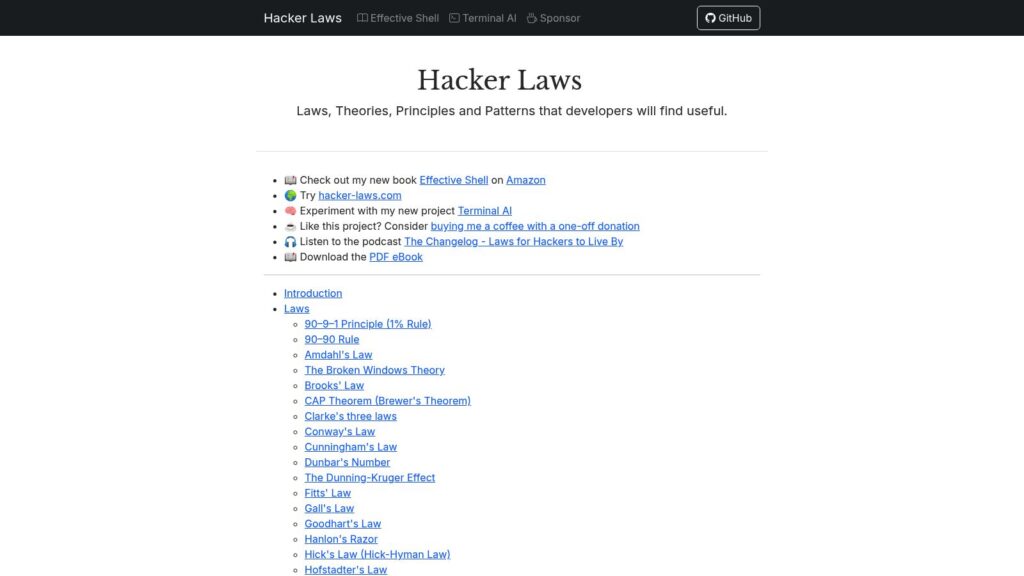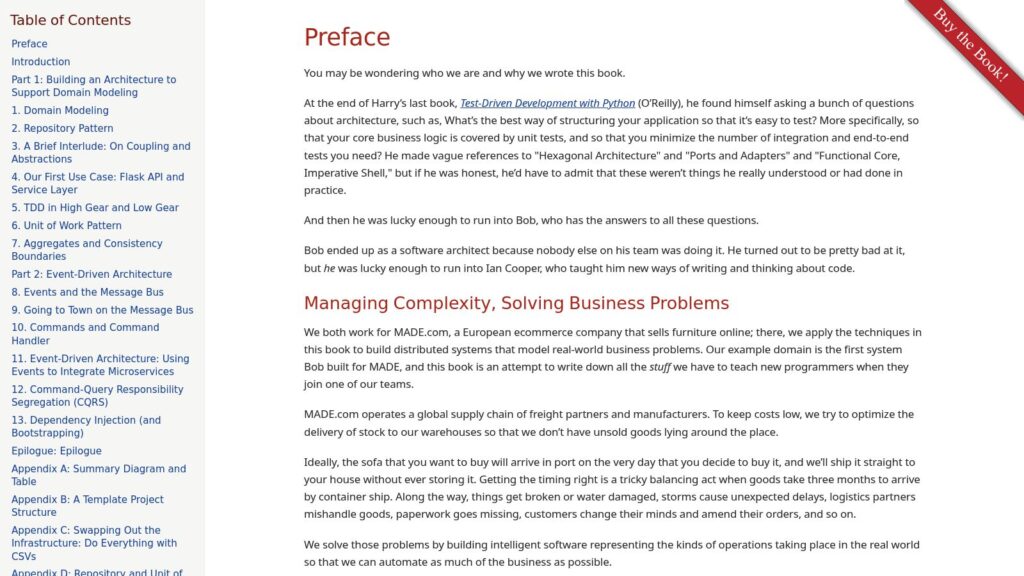E.W.Dijkstra Archive: On the Foolishness of “natural Language Programming”. (EWD 667)
Dijkstra criticizes “natural language programming,” asserting it complicates the man-machine interface rather than simplifying it. He highlights that formal programming languages, despite being perceived as burdensome, help eliminate nonsensical errors that natural language cannot. Historical examples show that reliance on verbal communication has hindered mathematical advancement. He suggests that formal symbols facilitate learning and precision. Dijkstra warns that the decline in language mastery (“The New Illiteracy”) undermines the feasibility of programming in natural languages. Ultimately, he believes creating and using such languages would be incredibly challenging.
https://www.cs.utexas.edu/~EWD/transcriptions/EWD06xx/EWD667.html


